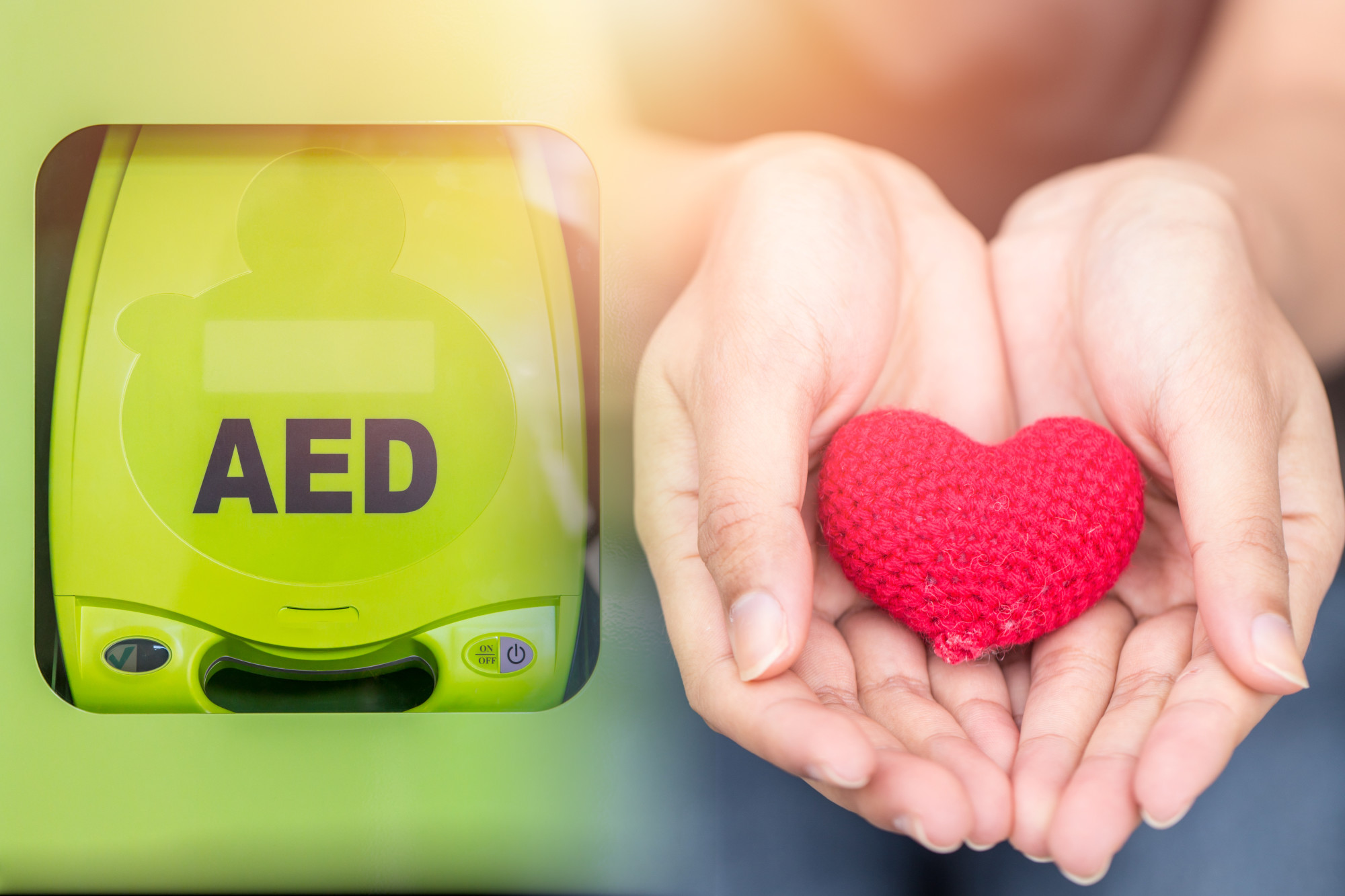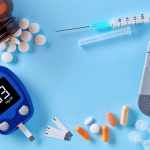How prepared are you for emergency situations? What would you do if someone in the room suffered from a heart attack?
After all, heart diseases and stroke are the leading causes of death in the United States. In fact, 475,000 people die from cardiac arrest yearly.
That’s why buying an AED or automated external defibrillator is essential for saving lives. These days, a first aid kit isn’t complete without a defibrillator. Whatever the establishment, you should be ready to help with a sudden cardiac arrest.
We understand that not everyone knows how to choose an AED. After all, there are many AED units with different features and accessories. Read on below for a guide to buying an AED for your establishment.
Table of Contents
1. Get a Doctor’s Prescription
Like you do with other medical testing supplies, getting an AED may need a doctor’s prescription.
The manufacturing and selling of these machines follow FDA-approved guidelines. Most retailers may look for a prescription. Though AED purchasing is possible without a physician’s prescription, some vendors may look for one.
The AED is under the Medical Equipment category. If you don’t have one, you can always ask for one from your medical director. When obtaining an AED for family use, you can ask for one from your family physician.
2. Decide on What Features You Need
When purchasing AEDs, consider the environment and the patients. AEDs come with different features, ease of use, and accessories. Essential AED features include accessibility, reliability, and durability.
Some AED units have features like built-in printers, CPR metronomes, and lithium-ion batteries. ECG monitoring and added batteries are other features of other units. Check here to see more of Physio Control’s LIFEPAK series.
There are two categories for AEDs: automatic and semi-automatic. Automatic defibrillators will shock when it detects a cardiac rhythm. Semi-automatic AEDs will send shocks when the operator pushes the deliver-shock button.
You may want to stock up on accessories like pads or electrodes. AED retailers also sell batteries and battery cases for spares. If you want a damage-free AED, get a waterproof and shock-resistant carrying case.
Who is going to need the AED? Pediatric pads are now available for children of 8 years and younger. These pads will deliver a reduced level of shock.
3. Check for Certifications and Other Requirements
Consult with your company’s medical director when buying a defibrillator. Most states have different requirements when it comes to putting an AED in a vehicle or building. Review these state and local laws to know which ones are applicable.
Your AED inspection records and monthly maintenance records need to be up-to-date. Keep documentation of maintenance and repairs, personnel training records, and usage. Also, take constant note of expiration dates for your defibrillation pads and AED batteries.
4. Assess the Costs of Buying an AED
Defibrillators can cost you a lot, depending on the brand and features. One AED unit ranges from 1000 USD to 2400 USD. Packages with accessories and pads total between 1,200 USD to 2800 USD.
How many are you looking to buy? When you get more than one for your company, buy AEDs of the same model. This way, there is a uniform training instruction and directions for use.
A study found that 67% of patients shocked by a bystander with onsite AEDs survives. Invest in a good model that anybody can use with ease. This way, even bystanders can aid patients with a quick read of attached instructions.
If you don’t have the budget to buy AED units, apply for AED grants. State and public health departments offer grant programs. Be careful with companies that offer grant assistance because they can overprice the AED units.
Look for non-profit agencies raising awareness of cardiac arrest. These agencies are your best bets on getting information on grant funding. Some of these agencies also offer AED grants.
Reserve a part of your budget for accessories like defibrillation pads and batteries. Most AEDs come with specific batteries. Other AEDs have alkaline batteries you can buy from general stores.
Having an AED is not enough. Training will cost you as well. Make sure to distribute your budget right.
5. Undergo Training
The use of AEDs has a process. You need authorized persons to train you and your employees. Often, you can find them in the American Red Cross, Medic First Aid, and American Heart Association.
These instructors must give the AED training when the unit comes into service. They should provide certificates upon the completion of the AED training. On occasion, you’ll need to provide refresher courses too.
Instructors will bring special AED units for the training course. Make sure that you do not use regular AEDs for anything outside of emergencies. This malpractice can lead to serious injuries or death.
6. Know the AED Program
Many states require a written AED program from you. This program will have details about the prescription, medical direction, and location. Included are training information, documentation, regulations, maintenance schedules, and use of the AED.
A good tip is to buy a medical direction and AED management package. This comes with the AED unit. These keep your AED program in compliance with the local and state laws.
The program management tracks end dates, placement maps, and status of trained responders. This is useful if you don’t have the time to do all that. Depending on your specific needs, you can look for web-based programs or remote tracking services.
It is not enough to purchase an AED. It is one of the most common and useful technologies in medicine and thus it needs proper handling. It also needs proper maintenance.
Always Be Ready to Help Save Lives
Some last few tips on buying an AED: encourage your colleagues and employees to join the training. Keep your AED unit in an area that is very accessible to the public. Don’t forget to spread the news of your new AED unit when you get one.
That’s our complete guide on purchasing an AED. Did you find this AED guide informative and helpful? Let us know!
Feel free to contact us or visit our page any time. Read our other blog posts for more information on health, fitness, and lifestyle. Sign up as a member and receive reward points and discounts on health products.







